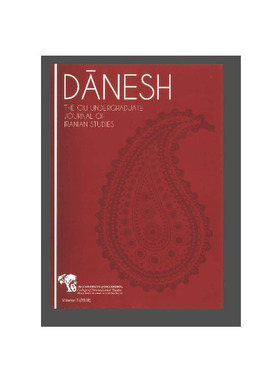| dc.description.abstract | In ancient times, the Silk Road brought foreign treasures and precious goods from a distant East to the people of Western Europe, instilling a fascination with the rich and mysterious ‘Orient.’ As colonialism heightened political and economic interaction between the two regions, their cultural exchange increased as well. Traders and travelers returned with items and stories reflecting both the wealth and dissemblance of Eastern society. The introduction of the unfamiliar culture materialized not only in the collection of physical objects, but also in intellectual stimulation with an emerging societal focus on evaluating these differing traditions and customs. In their studies of the Middle East, both academics and artists attempted to capture and convey the exotic culture to Western audiences. However, the inherent power inequity implanted by colonialism sustained notions of cultural superiority in these discourses and representations. As a facet of the imperialist portrayal of the Middle East, the conception of Muslim women's role in society perfectly illustrates this imposition of hegemonic values. Influenced by larger attitudes of ethnocentrism, the depiction of Muslim women reflects a reduced, simplified, and exoticized interpretation of a complex and diverse reality. Ingrained into today's popular visual culture, these stereotypes present a challenge to the capacity of Muslim women to assert their own authority and experience, playing into a global rhetoric of division and degradation. As such, contesting the visual representation of Muslim women as subservient objects of oppression constitutes a rejection of the imperialist narrative of cultural polarization. | |
